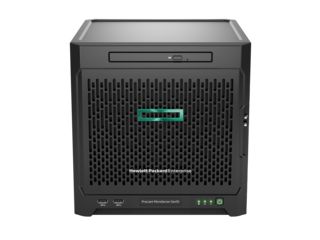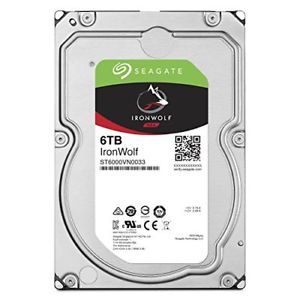 Zap's Digital Lighthouse
Zap's Digital Lighthouse
About
Zap's Digital Lighthouse is
a Blosxom weblog for our digital outpost on the Internet
For info
info@rax.org
Useful links:
Google
Cyberpresse
The Reg
Slashdot
FreeBSD
LinkedIn
Twitter
Boursorama
RAX
zap
Soekris
xkcd
AirFrance
Wiki soekris
Wikipedia
Wiktionary
ACME
blosxom
Categories:
/FreeBSD (27)
/admin (4)
/blosxom (6)
/games (5)
/hardware (17)
/inet (4)
/misc (37)
/notwork (2)
/software (11)
/tech (1)
Archives:
2025 (1)
| January (1)
2024 (3)
| December (3)
2023 (1)
| June (1)
2021 (2)
| January (2)
2020 (2)
| December (1)
| September (1)
2019 (2)
| November (1)
| July (1)
2018 (6)
| December (1)
| November (3)
| January (2)
2017 (4)
| December (2)
| January (2)
2016 (3)
| November (1)
| October (1)
| January (1)
2015 (9)
| December (2)
| November (1)
| October (1)
| June (1)
| May (2)
| February (1)
| January (1)
2014 (9)
| December (1)
| October (1)
| September (1)
| August (3)
| May (2)
| April (1)
2013 (20)
| October (3)
| June (4)
| May (2)
| April (7)
| March (1)
| January (3)
2012 (60)
| December (4)
| October (1)
| July (5)
| June (7)
| May (1)
| April (6)
| March (3)
| February (14)
| January (19)
2011 (3)
| December (1)
| November (2)
2008 (1)
| October (1)
home :: hardware :: hpProliantMicroserver2018
Mon, 12 Nov 2018
A new HPE Proliant Microserver
Last summer, one of the disks on my Proliant Microserver started generating some errors, so I decided to replace it with a newer generation, and I bought the Gen10 of the HPE Proliant Microserver.

It's a nice piece of hardware. I bought it without any disks inside, and bought 4 Seagate 6 TB NAS drives from Amazon on Prime Day.

So the question was: should I put FreeBSD on that machine, or should I install FreeNAS given that it's mostly used as a file server for my home network?
After some back and forth, I decided to put FreeBSD onto it.
Now, a bit of a nasty surprise awaited me: the HPE Proliant Microserver Gen10 does not boot FreeBSD out of the box. A known issue prevents it from booting the GENERIC kernel as is. The bug is described here, and unfortunately it doesn't look like it's going to be fixed in 11.2, 12.0, or beyond (though it seems like this patch ought to fix the issue).
However, the problem is easy enough to fix: it just needs the FreeBSD
system to have a file called /boot/loader.conf that contains the
following line:
hw.pci.realloc_bars="1"
and then the O/S just boots normally.
I have put the 4 Seagate drives in the enclosure, and added a small USB thumbdrive in the internal USB port to act as the boot device. I will format all the drives as a ZFS RAID-5 configuration and put all of the data and important files onto there.
The configuration of the new fileserver is the topic of the next blog entry.
Question: my experience with USB thumbdrives is so-and-so... after a while they just seem to become corrupted. I see three possibilities to alleviate that:
Have 2 thumbdrives and periodically (daily?) rsync the content of the real live one onto the other. If the first one ever becomes corrupted, just discard it and use the second one, which should be fine.
Use nanoBSD to produce an O/S that will seldom write onto the USB thumbdrive and therefore greatly extend its life.
Ignore the problem and hope the USB thumbdrive never fails (of course, making backups of the USB thumbdrive onto another system so that if it did fail, I could create another one from the backup andi bring my fileserver back to life).
Stay tuned to see what I will decide to do next :-)
/hardware | Posted at 01:05 | permanent link
